Have you ever dreamed of stepping into your backyard and picking fresh, homegrown vegetables, fruits, and herbs? Backyard gardening isn’t just a hobby — it’s a rewarding way to live sustainably, improve your health, and reconnect with nature. Whether you have a large garden, a cozy yard, or just a few raised beds, growing your own food can transform your lifestyle.
In this beginner-friendly guide, we’ll cover everything you need to know about backyard gardening basics — from selecting your plants and preparing the soil to watering tips, pest management, and harvesting your first homegrown produce.
Why Grow Your Own Food?
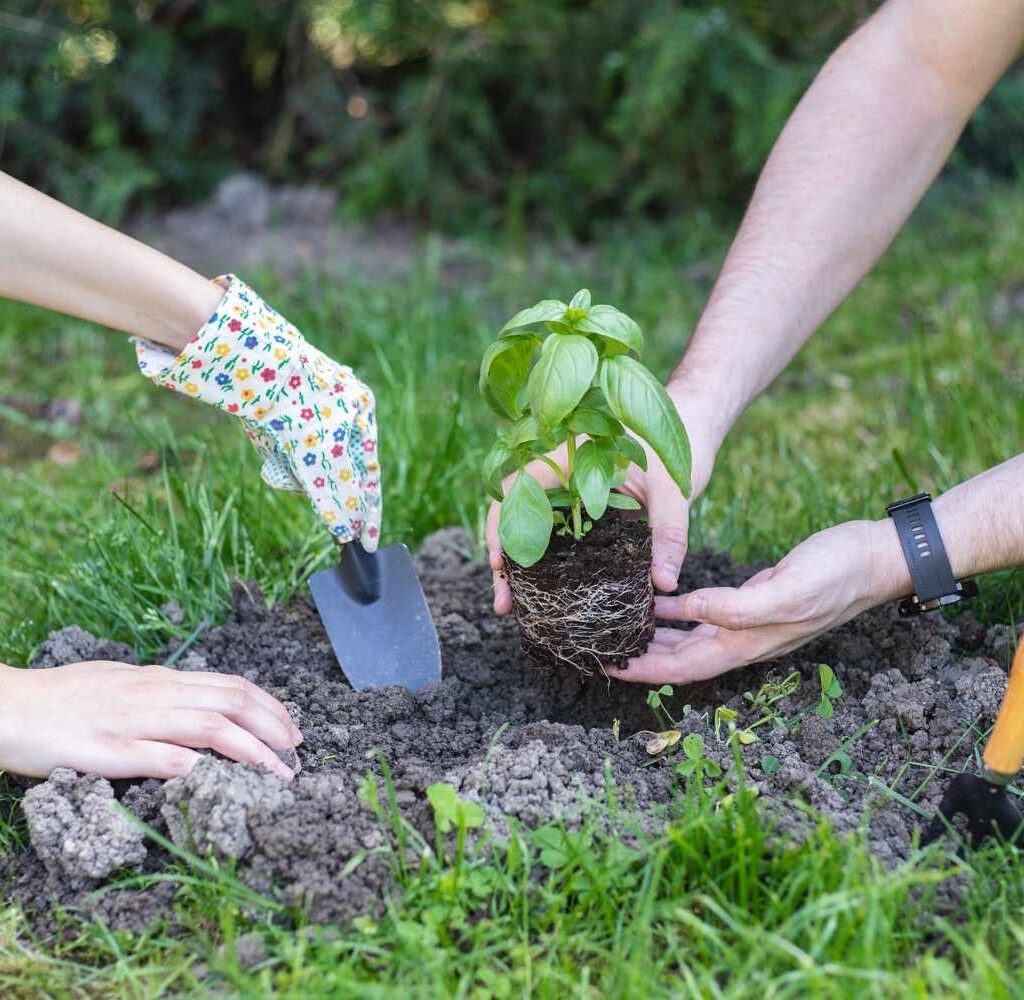
There’s something incredibly satisfying about harvesting food you’ve grown with your own hands. Here’s why backyard gardening is worth trying:
- Reduces carbon footprint by cutting down on grocery store trips and packaging waste.
- Saves money on fresh produce and herbs.
- Provides organic, chemical-free food for your family.
- Promotes mental wellness and stress relief through time outdoors.
- Improves food quality and flavor — fresh-picked produce tastes better!
- Encourages sustainable living and teaches valuable skills.
Even a small garden can yield an impressive variety of herbs, vegetables, and fruits throughout the year.
Planning Your Backyard Garden
Before you dig into the soil, a little planning goes a long way in creating a successful garden.
Choose the Right Location
Look for a sunny, well-drained spot in your backyard.
Most food crops need at least 6–8 hours of direct sunlight daily.
Avoid areas that are:
- Shaded by trees or walls.
- Prone to waterlogging after rain.
- Too windy or exposed.
Decide What to Grow

Start small with easy, high-yielding plants that thrive in your climate. Consider your family’s food preferences and local growing seasons.
Beginner-friendly vegetables:
- Tomatoes
- Lettuce
- Carrots
- Spinach
- Radishes
- Green beans
- Peppers
Easy herbs:
- Basil
- Mint
- Parsley
- Rosemary
- Coriander
Fruit options (if space allows):
- Strawberries
- Lemons
- Guavas
- Papayas
Tip: Check your local planting calendar for the best times to sow each crop.
Preparing the Soil
Healthy, nutrient-rich soil is the foundation of a productive backyard garden.
How to Prepare Your Garden Bed:
- Clear the area of grass, weeds, and debris.
- Loosen the soil using a garden fork or spade to a depth of about 8–12 inches.
- Mix in organic compost, aged manure, or leaf mold to enrich the soil and improve drainage.
- Level the surface and remove stones or large clumps.
Test your soil pH with a kit (available at garden centers) — most veggies prefer a pH between 6.0 and 7.0.
Watering Basics
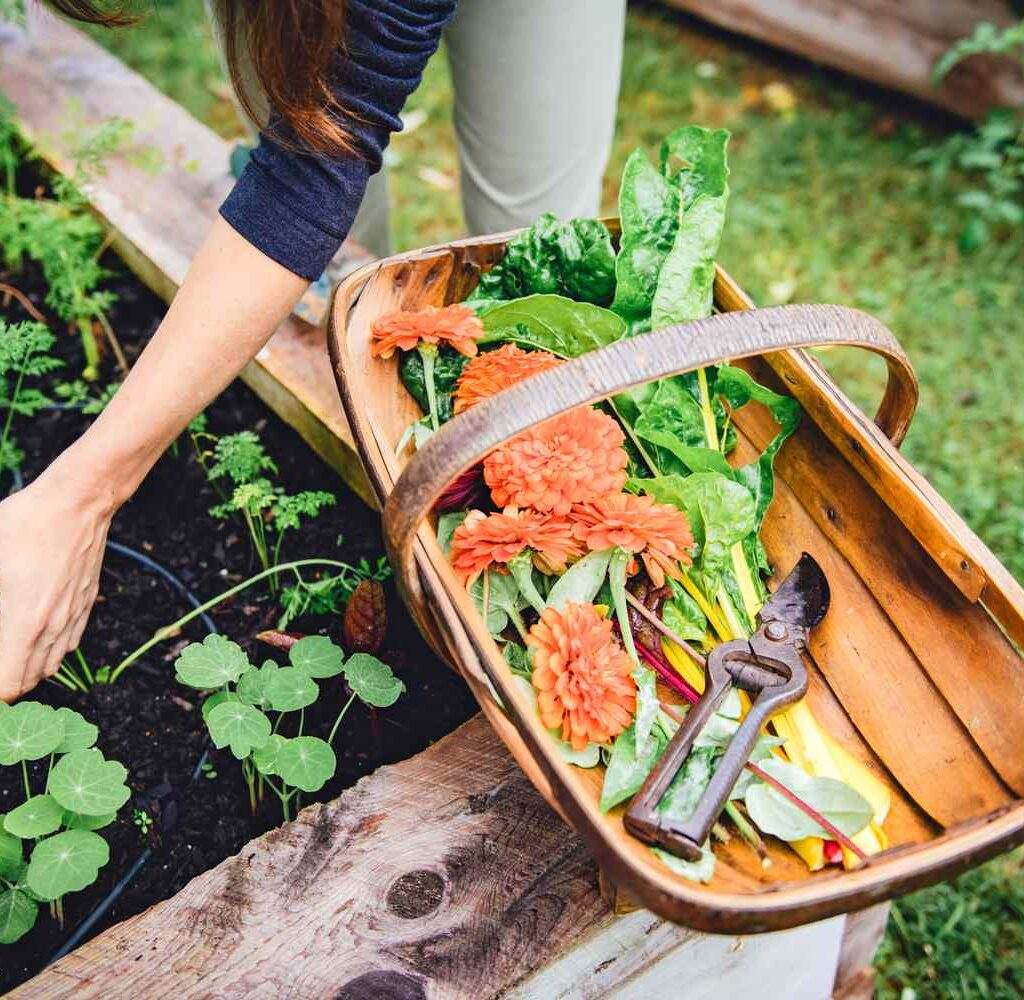
Watering is essential, but balance is key. Too much water causes root rot, while too little leads to wilting.
Watering Guidelines:
- Water early in the morning or late afternoon to reduce evaporation.
- Use a watering can, soaker hose, or drip system for even, deep watering.
- Keep the soil consistently moist but never waterlogged.
- Most vegetables need about 1–1.5 inches of water per week.
- Mulch around plants to retain moisture and reduce weeds.
Understanding Sunlight Needs
Sunlight is vital for photosynthesis and healthy plant growth.
Full-sun crops (6–8+ hours of sunlight):
- Tomatoes
- Peppers
- Cucumbers
- Beans
Partial shade crops (4–6 hours of sunlight):
- Spinach
- Lettuce
- Mint
- Coriander
Observe your garden area throughout the day to determine sun patterns before planting.
Managing Pests and Diseases
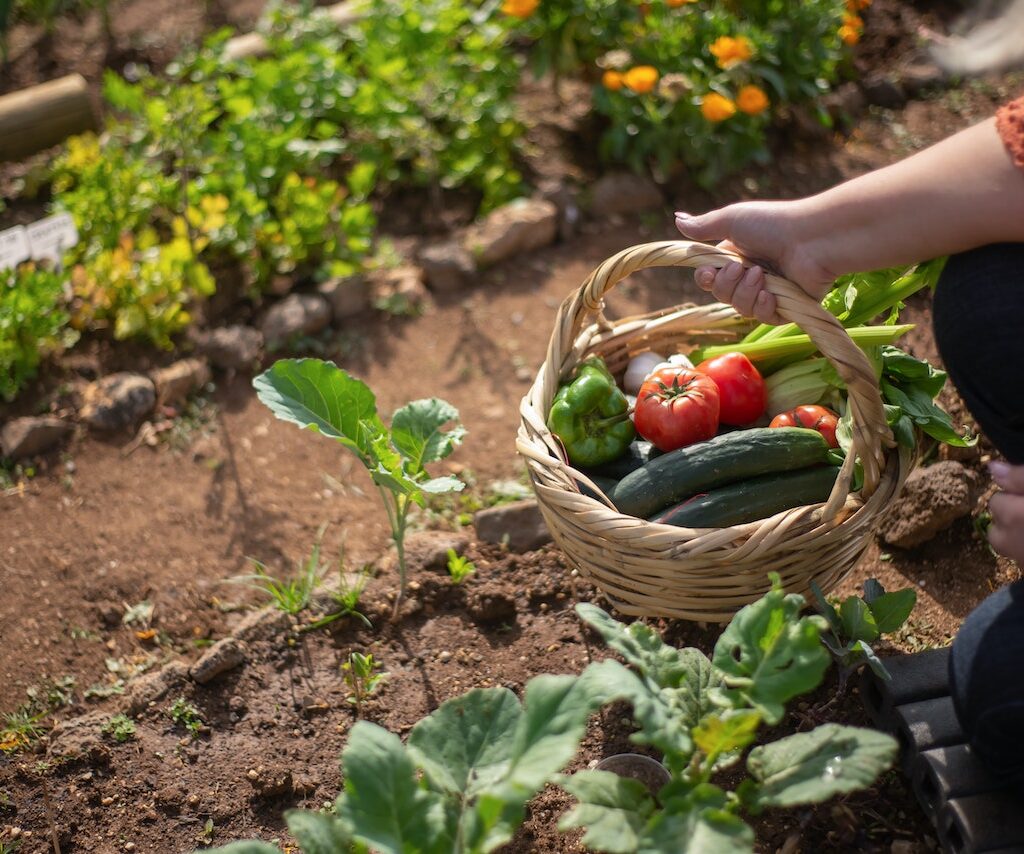
Even in home gardens, pests and diseases can appear. Avoid chemicals by using natural, eco-friendly methods.
Common Garden Pests:
- Aphids
- Caterpillars
- Snails and slugs
- Whiteflies
Organic Control Methods:
- Spray plants with a mixture of water and mild soap to deter insects.
- Use neem oil spray for pests like aphids and whiteflies.
- Encourage beneficial insects like ladybugs and bees.
- Remove affected leaves and plants promptly.
- Handpick larger pests like snails and caterpillars.
Simple Gardening Tools You’ll Need
Starting a backyard garden doesn’t require a huge investment. Here’s a basic toolkit for beginners:
- Garden trowel
- Spade or digging fork
- Watering can or hose
- Gardening gloves
- Pruning shears
- Rake
- Seed trays or small pots (for starting seeds indoors)
Planting and Harvesting Tips
Starting Seeds vs. Buying Seedlings
- Seeds: Cheaper, more variety, but require more care and time.
- Seedlings (young plants): Faster and easier for beginners.
Tip: Start seeds indoors 4–6 weeks before the last frost for a head start.
Harvesting Guidelines:
- Harvest vegetables when they’re young and tender for the best flavor.
- Use clean, sharp scissors or garden shears.
- Pick leafy greens continuously to encourage new growth.
- Harvest root vegetables like carrots and radishes once they reach a good size.
Composting for a Healthier Garden
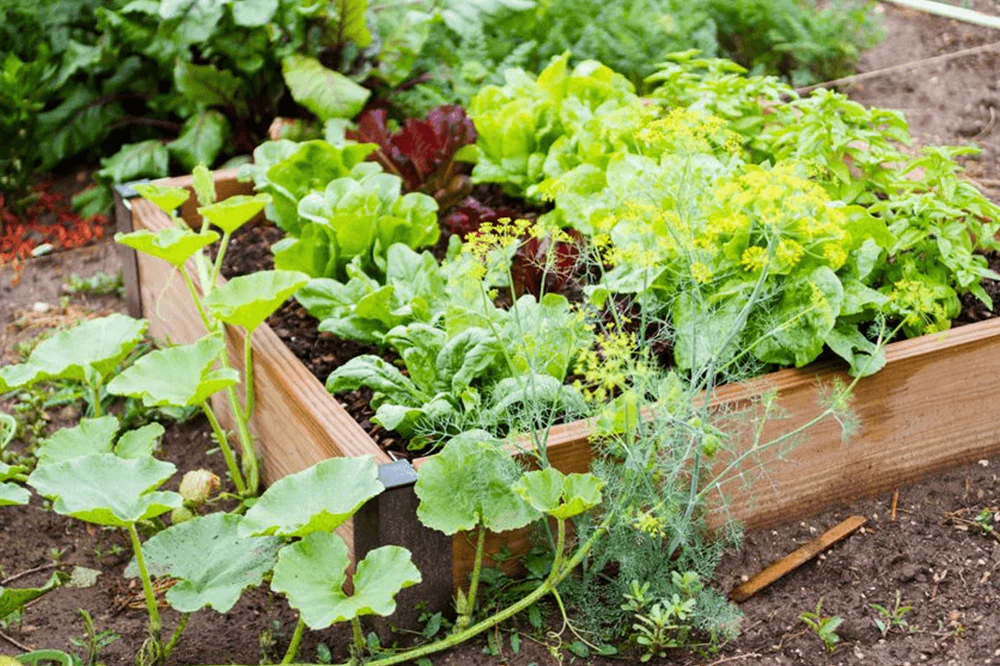
Composting turns kitchen scraps and garden waste into rich, organic fertilizer for your plants.
Compost materials:
- Vegetable peels
- Coffee grounds
- Eggshells
- Dried leaves
- Grass clippings
Avoid meat, dairy, and oily foods in your compost pile.
Benefits:
- Reduces household waste.
- Enriches soil naturally.
- Improves soil structure and drainage.
Benefits of Backyard Gardening
Growing your own food goes beyond harvesting fresh produce:
- Promotes physical activity and outdoor time.
- Improves mental health by reducing stress and anxiety.
- Connects you with nature’s cycles.
- Teaches valuable life skills to children and adults alike.
- Fosters greater appreciation for where your food comes from.
Final Thoughts
Backyard gardening is one of the most rewarding ways to live more sustainably and enjoy delicious, homegrown food. By following these backyard gardening basics, you can confidently grow a variety of vegetables, herbs, and fruits in your own space — no matter how big or small.
Remember to start small, focus on easy-to-grow crops, and gradually expand as your confidence and experience grow. With a bit of sunlight, good soil, water, and care, your backyard can become a thriving, bountiful food garden you and your family will love.
Ready to dig in? Grab a trowel, some seeds, and let the growing begin!



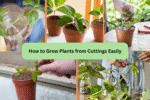
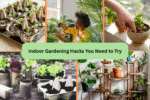
Leave A Comment